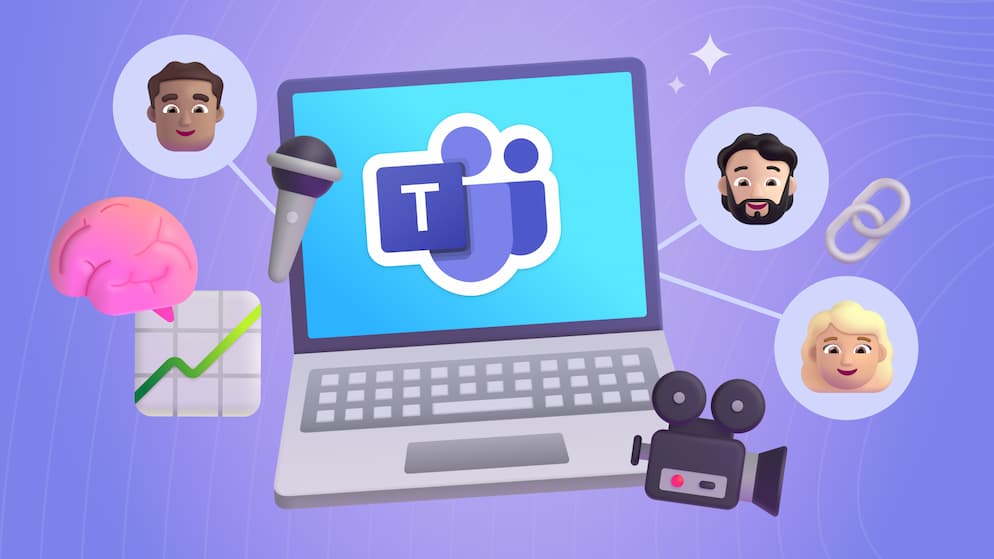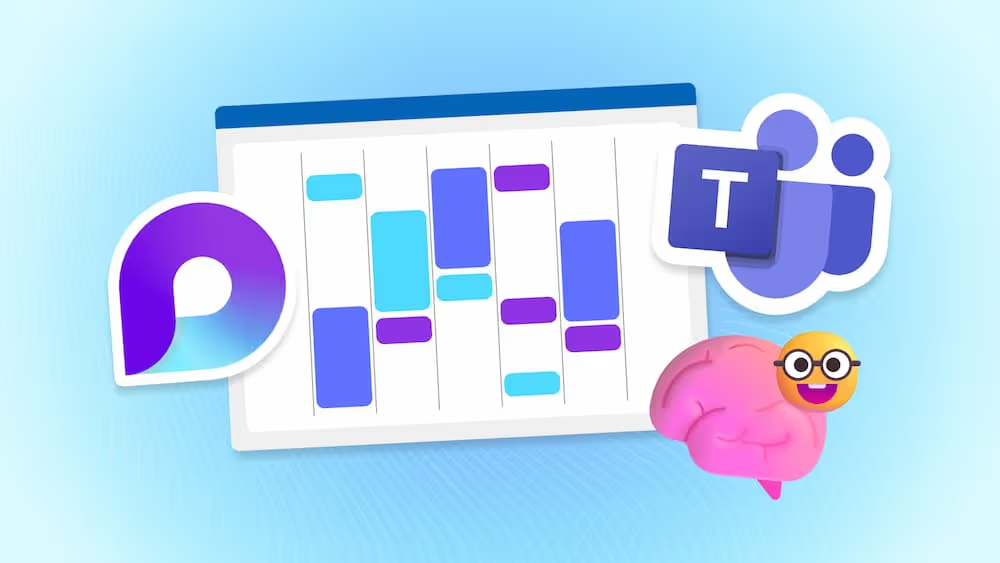Intro to Microsoft SharePoint
Go beyond basic communication and collaboration with Microsoft SharePoint, a place where you can store, share, and organize all documents. Let's look at some use-cases and the features available.
What is SharePoint?
Microsoft SharePoint is a tool you can use to communicate and collaborate with your team or organization. Unlike other Office 365 tools, SharePoint offers the ability to store, share, and organize documents and lists on specialized web pages. These web pages are organized into groups called SharePoint sites. A few common uses for sites are corporate intranets, team document sharing, and document workflow. Whether you are going to be creating SharePoint site or just need to use a SharePoint site that someone has created, there are some basics that will help you get the most out of this tool.
SharePoint Start Page
The first thing you need to know how to do is access SharePoint. The easiest way to do this is to log on to any Office 365 application or go to https://www.office.com/. From there you can simply click on the waffle, and you will find a link to SharePoint.
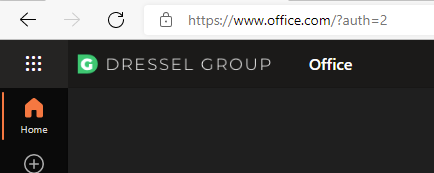
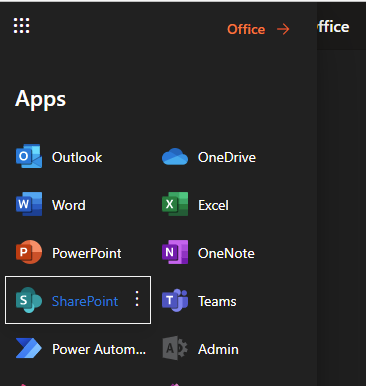
This will take you to the main landing page for SharePoint called the SharePoint Start Page. On this page you will be able to access all of the sites and content you have available to you.
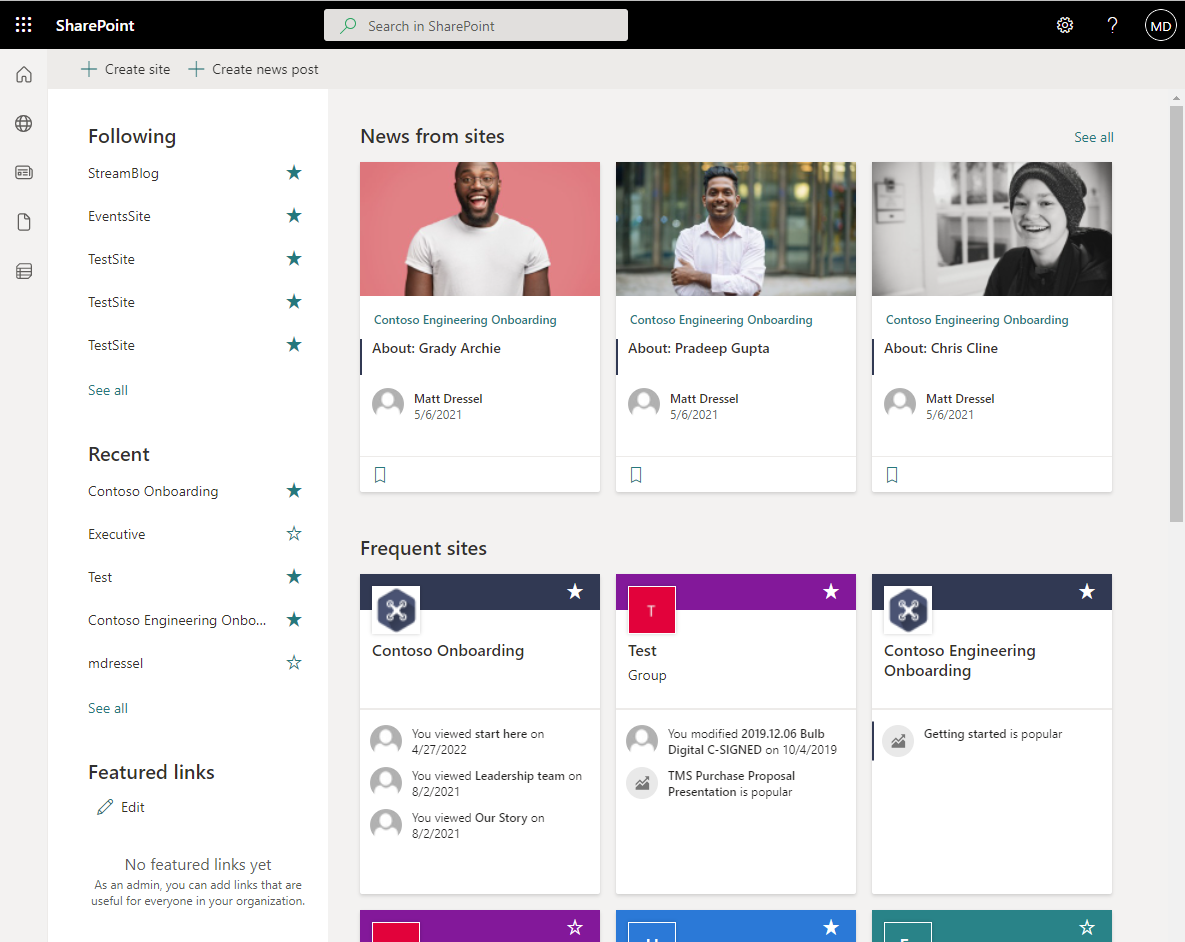
News From Sites
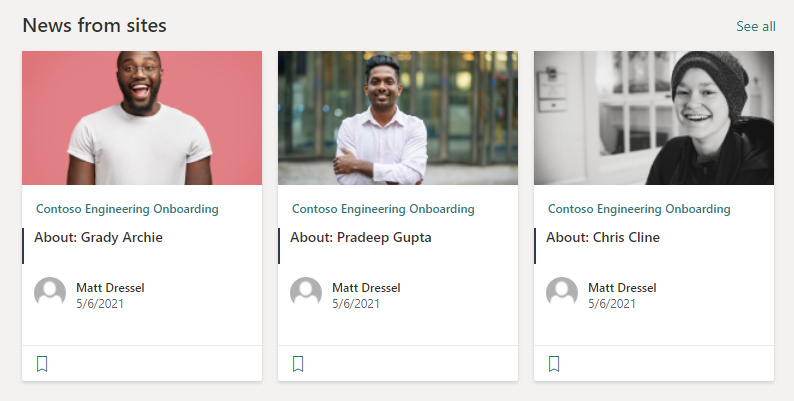
One of the first things you'll notice will be news that has been aggregated from any sites you have access to. This can give you a quick glance at what is going on in sites you are a part of. Microsoft uses machine learning to help organize what news to show in this list based on what your usage patterns are and what administrators have configured.
If you see something in the news that you want to save to read later, you can click the bookmark icon at the bottom right of a news article and it will show up in your save for later list.
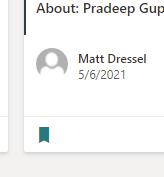
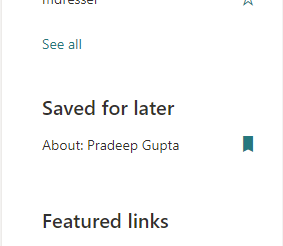
Frequent Sites
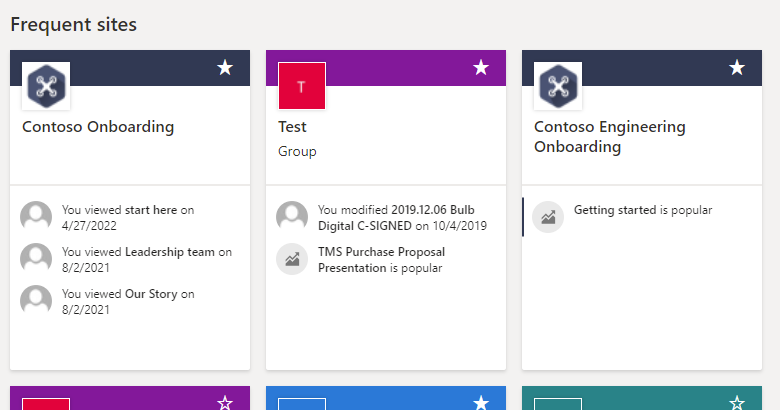
Below news you will find a list of sites that you frequent. This should give you a quick way to access sites that you use a lot. You may also find it useful to manually tag sites that are important to you. This can be especially helpful when you frequent many sites or the sites you frequent aren’t the ones you need to remember. To do that you can simply follow a site by clicking the star in the banner of the site. This will make the site show up in your following list.
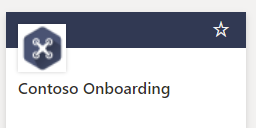
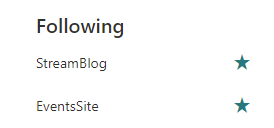
Suggested Sites
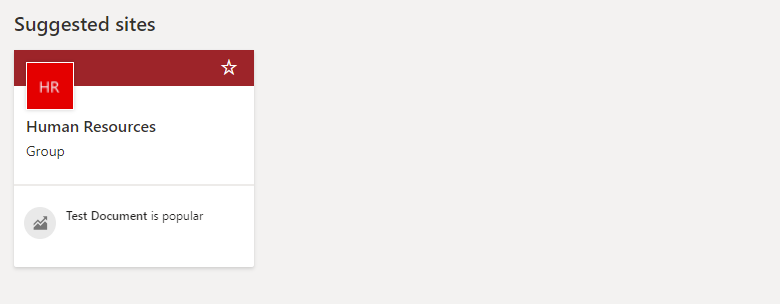
Below the list of frequented sites, you will see a list of suggested sites. This list is populated with sites that Microsoft has determined you might be interested. Microsoft is using machine learning to look at your activity across Office 365 to determine what to show here.
Following and Saved for Later
On the right side of the screen you will find sections for following and saved for later. These sections are populated based on sites that you have chosen to follow or news articles you have saved for later. Note that you can choose to follow or save for later on any site or news article. You don’t have to only do this from the SharePoint Start Page.
Recent
Below the Saved for Later or Following you will find a list of sites that you have recently accessed. This list will be updated as you access sites throughout SharePoint.
Featured Links
Your organization can choose to add featured links to the SharePoint Start Page. If they do, they will show up under the Featured Links heading. These links can be to any resource your organization thinks would be useful to their users.
The Anatomy of a Site
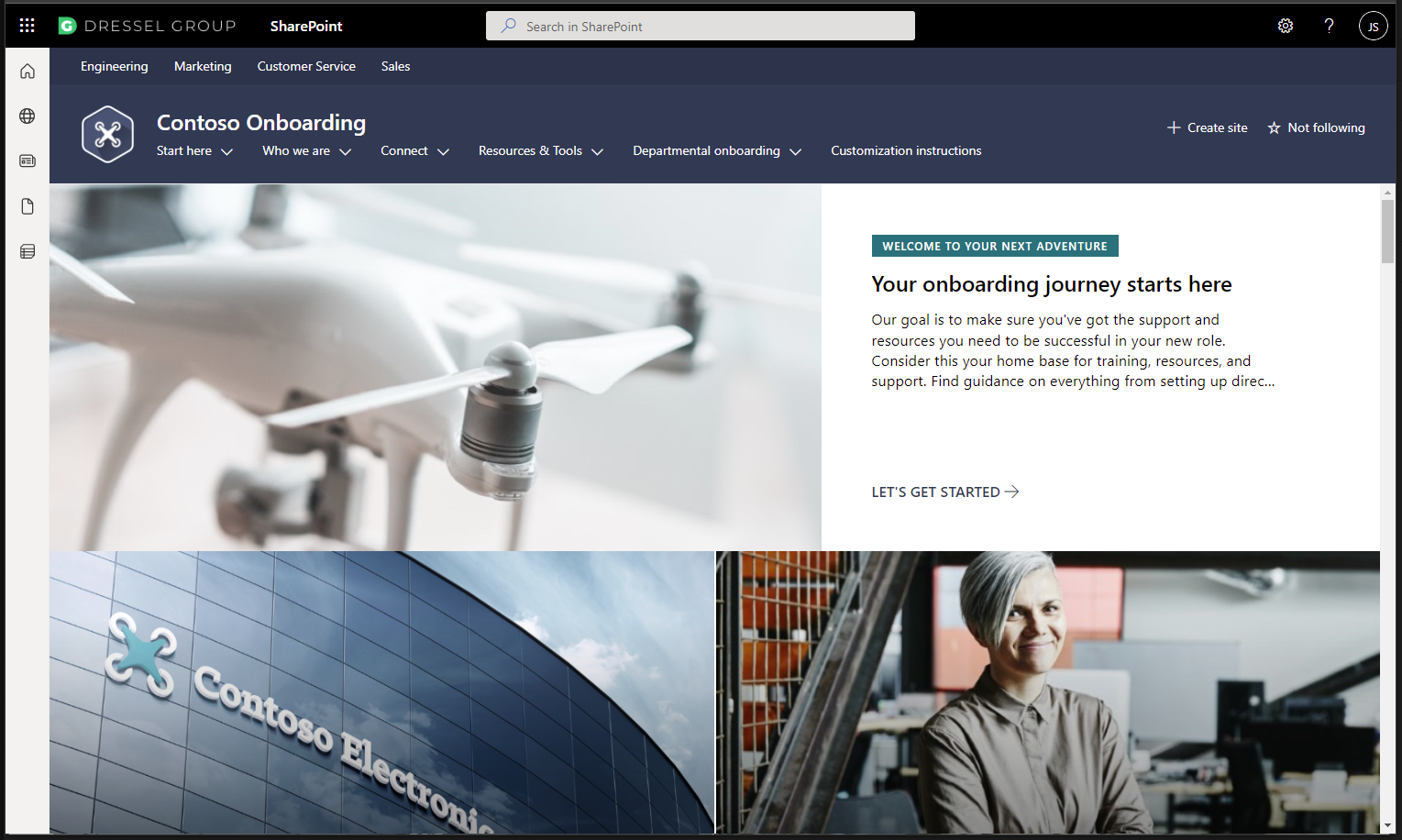
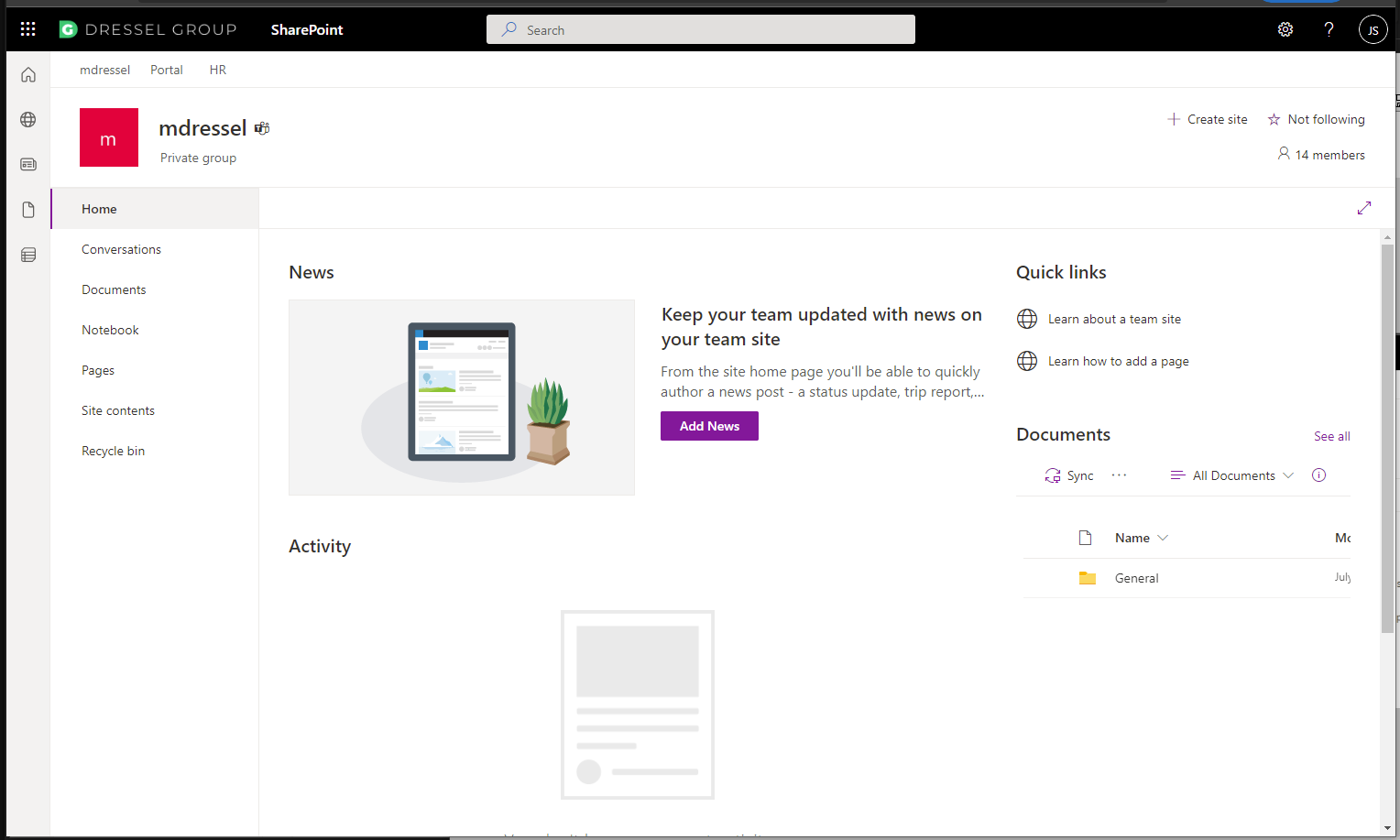
Once you open a site you are going to want to know a little bit about what makes up a site. While site owners can customize the look of a site, there are some common features that you should know how to use.
Navigation


Being able to navigate throughout the content on a SharePoint site is critical to be able to find and use the information stored in the site. You site can be configured with up to two levels of navigation. The highest level of navigation is called Hub Site navigation and will show up at the very top of your site if it has been configured. These are going to generally be links to other sites that are related to the site you are on.
The other level of navigation is specific to the site you are currently on and will be located either horizontally or vertically depending on how it has been configured. These links should be directly related to the content on the site you are currently on.
Page Content

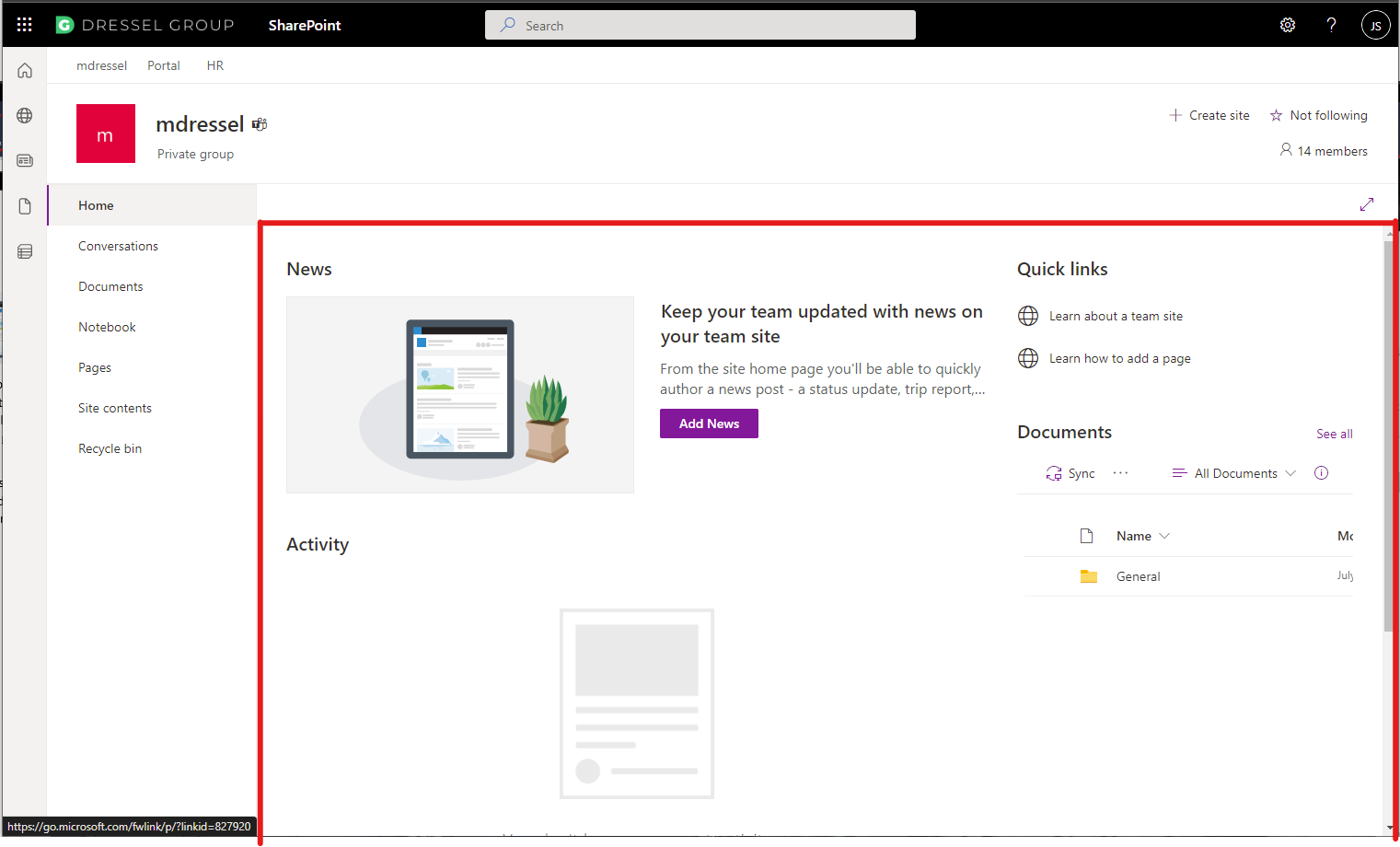
Within a site, owners can create pages with a variety of static and dynamic content to communicate information to the users of their site. These pages can have a multitude of layouts and content. The content will come in the form of small components called web parts like:
- Button
- Call to action
- Image
- Link
- Text
- Youtube
Lists and Libraries


In addition to pages, owners can create custom lists or libraries to store and manage structured content. A list is a set of fields that create a record. This record could be for any purpose like:
- Checklist
- Task list
- Contact directory
A library is very similar to a list in that a library can also have custom set of fields. The main difference is that each record is also a file. This allows owners to manage things like:
- Procedures
- Proposals
- Help documents
- Forms
Screen Size and Mobile
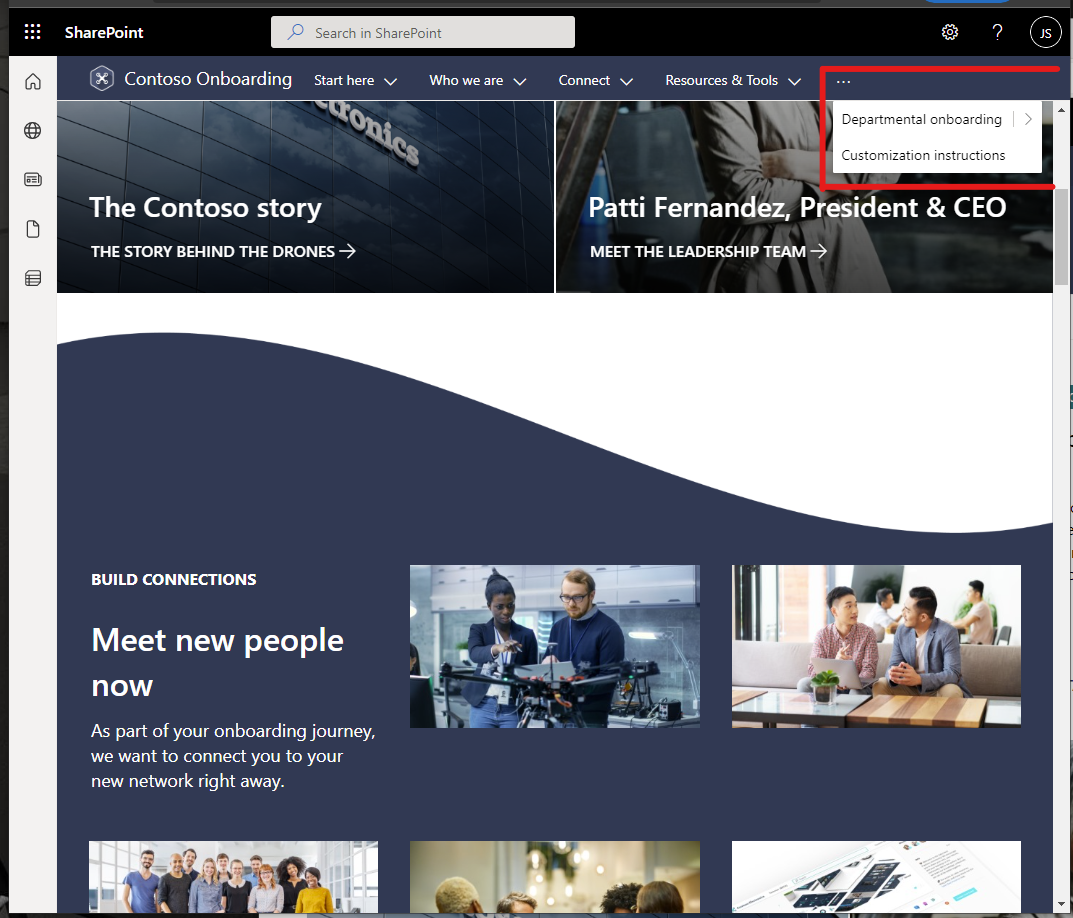
An important thing to note about SharePoint is that the look and feel of the sites built on SharePoint will adapt to the size of the device you are using. Notice that in the image above the navigation has changed so that some of the navigation elements are now under an ellipsis at the end of the navigation. These changes will continue all the way down to a mobile experience that is very much different.
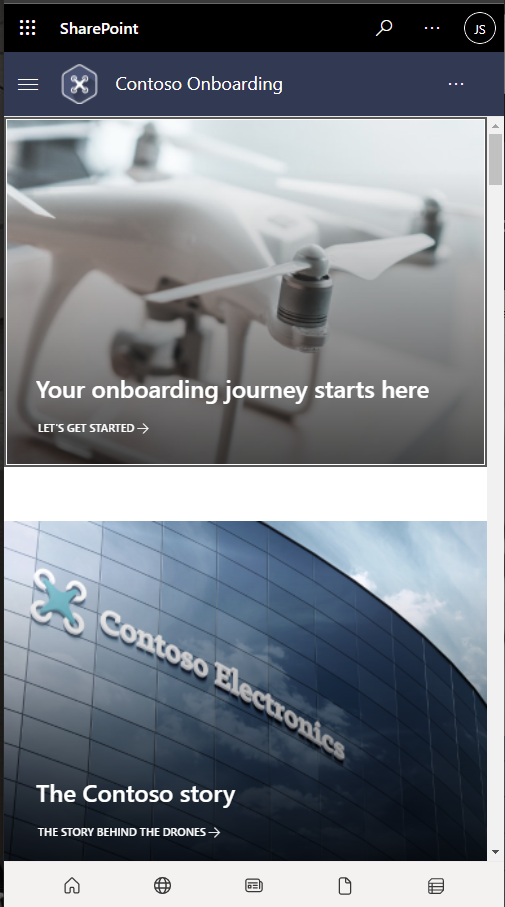
If you are not seeing the same thing as someone else this might be the culprit. Also, if you are seeing the mobile experience you might want to consider using SharePoints dedicated mobile application. It is available on both iOS and Android.
What changes when I have edit permission?

Up to this point we have only included images taken from the perspective of a user with read only permission. If you have more permissions you will see a number of additional options. These are all related to what permissions you have been given.
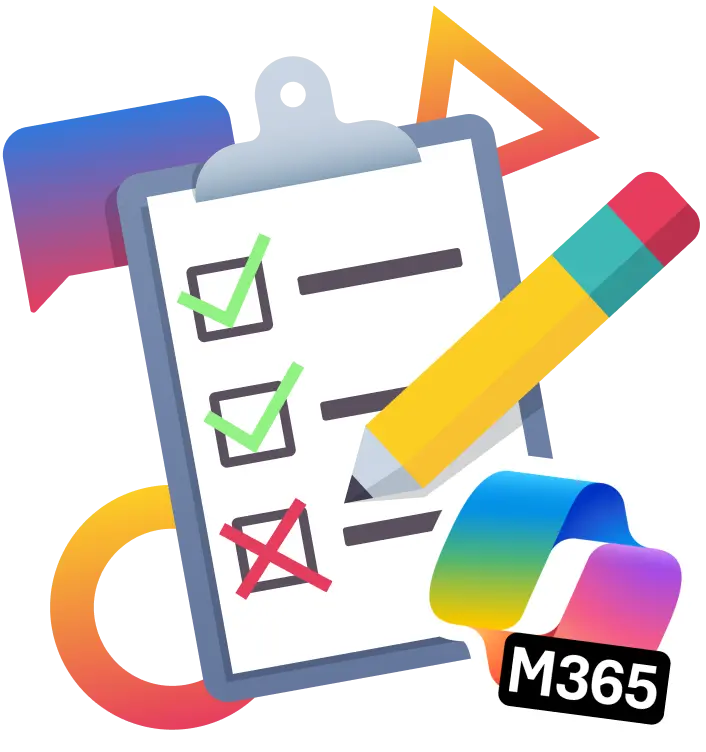
SELF ASSESSMENT
Is your business getting full value from your M365 subscription?
Billions of dollars are wasted each year on underused subscriptions. Take 3 minutes to find out where your tools are driving results, and where they’re holding you back.
Find Out Now

Is Team Communication Holding You Back?
Find Out in Just 2 Minutes.
Take our quick scorecard to uncover communication gaps and hidden barriers within your team.
How can I discover what is on a site?

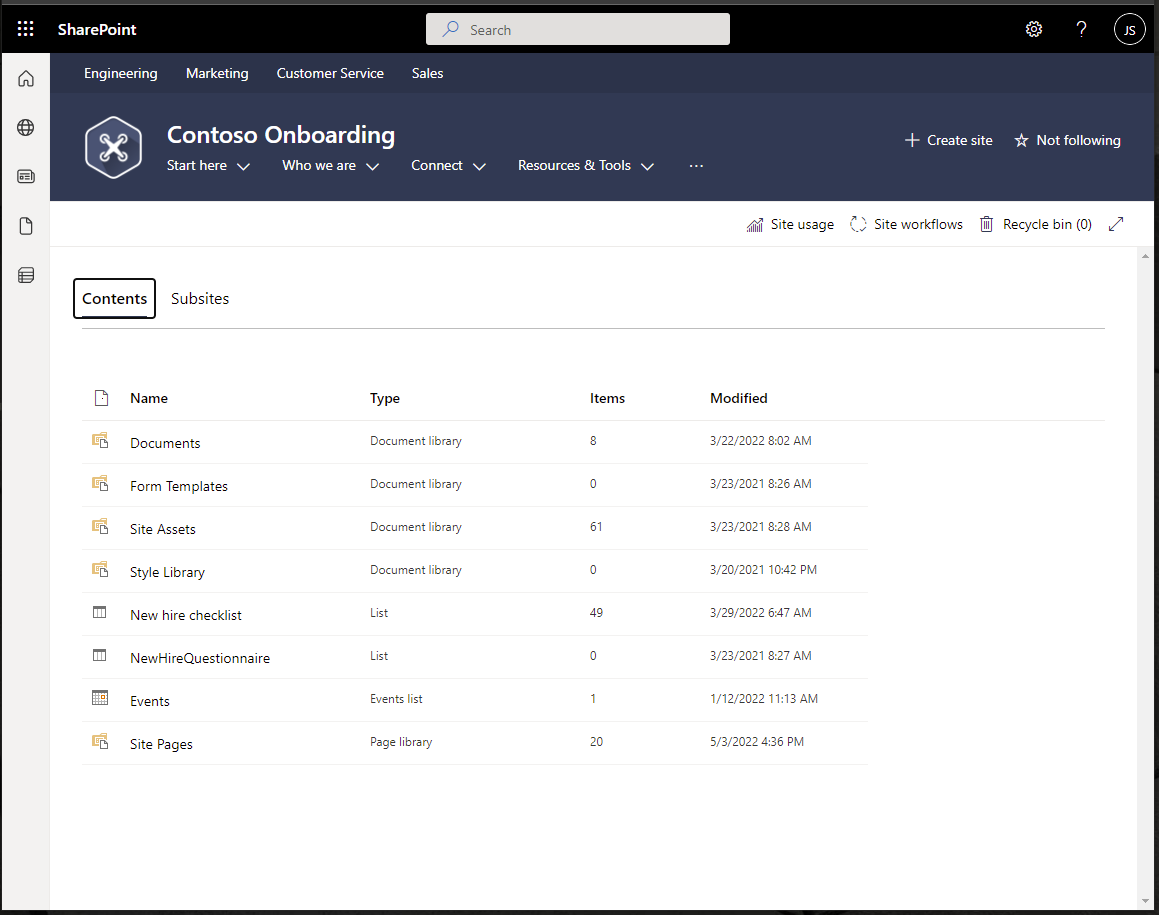
If you ever want to poke around a SharePoint site you can poke around what is called the Site Contents page. This will give you information about what lists and libraries you have access to on the site.
Search
At the top of every page there is a search bar that will allow you to search the content across SharePoint.

Team Sites vs. Collaboration Sites
As mentioned at the start of this article, SharePoint is meant to support both Communication and Collaboration. To do this, Microsoft has created dedicated experiences for each of these use cases. When an owner creates a SharePoint site they are forced to choose what the purpose of the site is.
Communication

These sites are characterized by the fact that a small number of users are creating content that would be viewed by many users. Examples of sites you could consider communication sites are intranets, support, training, brochure sites.
Collaboration

Most users of a collaboration site have edit permissions allowing them to create or edit content with other users. The main goal being to provide a shared space where these users can collaborate on business process or outcomes. Examples of specific scenarios where you might consider a collaboration site are shared file storage, document approval, business process management, shared calendars.
SharePoint App Bar
You may have noticed this almost ubiquitous side bar on all pages in SharePoint. This is called the SharePoint App Bar and it can be a very powerful way to access all of your sites, list, news, and sites from any page in SharePoint.

.avif)





